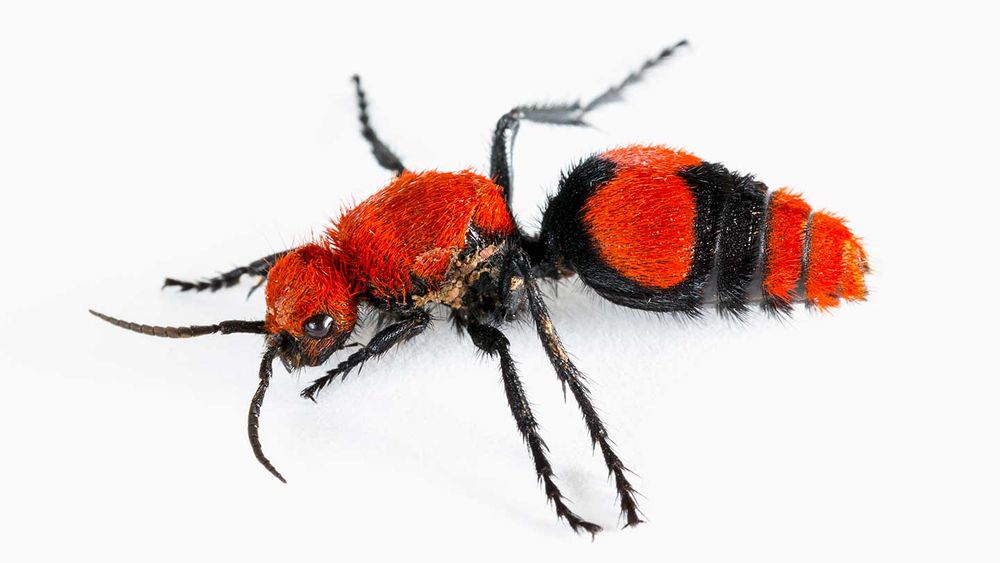Nice coverage of our work phys.org/news/2025-01...
07.01.2025 18:06 — 👍 2 🔁 2 💬 0 📌 0Lydia J. Borjon, PhD
@lydiaborjon.bsky.social
Assistant Scientist at Indiana University. Neurobiologist studying sensory systems in insects. lydiaborjon.com
@lydiaborjon.bsky.social
Assistant Scientist at Indiana University. Neurobiologist studying sensory systems in insects. lydiaborjon.com
Nice coverage of our work phys.org/news/2025-01...
07.01.2025 18:06 — 👍 2 🔁 2 💬 0 📌 0Another news story about our work!! www.newscientist.com/article/2462...
06.01.2025 22:40 — 👍 15 🔁 4 💬 1 📌 0Thank you!
06.01.2025 23:13 — 👍 1 🔁 0 💬 0 📌 0
Nice story about our most recent work
! www.sciencenews.org/article/velv...
Instead, defense against insects seems to be a more important. We tested if a velvet ant could defend itself against a formidable praying mantis. In multiple battles, the praying mantis tried to eat the velvet ant, but the velvet ant always managed to sting and escape. 5/5
06.01.2025 20:29 — 👍 6 🔁 1 💬 1 📌 0
But then! Surprise! The peptide was not painful at all to mice! Other peptides, which are much weaker in larvae, caused pain in mice. Although we expected the simplest solution, that the pain-causing mechanism would be the same in mammals and insects, this was not the case. 4/5
06.01.2025 20:24 — 👍 3 🔁 0 💬 1 📌 0
We were also able to pinpoint the venom peptide (Do6a) that activates this receptor. Not only is the peptide responsible for the strong activation of pain-sensing neurons, it is also the most abundant peptide in the venom. Now we thought we had it all figured out. 3/5
06.01.2025 20:23 — 👍 5 🔁 0 💬 1 📌 0
Like humans, larvae have neurons that respond to painful things. These neurons responded very strongly to velvet ant venom. Using genetic tricks, we identified a receptor that causes this strong activation (it turned out to be one of
@hoosierflyman.bsky.social's favorites, Pickpocket). 2/5

Our paper on Velvet Ant venom is out at @currentbiology.bsky.social “Multiple mechanisms of action for an extremely painful venom” sciencedirect.com/science/arti...
Velvet ants are among the most painful of all stinging insects. What makes them so painful? We used fruit fly larvae to find out 🧐 1/5